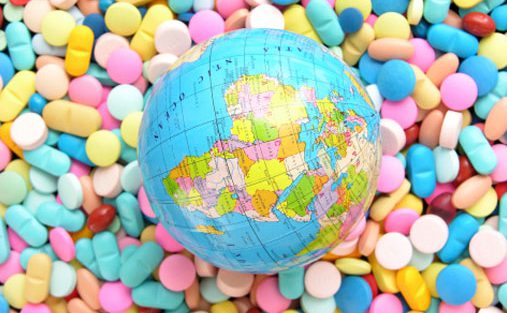In today’s global pharmaceutical supply chain, it is important to know the specific requirements in the various markets worldwide. In Europe, no single batch of a finished pharmaceutical product can be released without the certification of the QP (Qualified Person).
QP is key to ensuring that the complexity of the modern supply chain does not adversely impact the safety, quality or efficacy of the product.
Where do pharma supply chains stand today? Service: good. Cost and capital: poor. Capabilities: need improvement. A report card like that won’t win any awards, and it’s not a recipe for success in an industry that’s changing so dramatically and so quickly.
The global market’s center of gravity is shifting. The shift of economic activity toward emerging markets is well known, as GDP growth in emerging markets has outpaced that of the United States and Europe in recent years.
Outsourcing
Pharmaceutical companies have traditionally preferred conducting R&D and drug manufacturing in-house. However, over the last decade, companies increasingly outsourced these functions to Contract Manufacturing Organizations (CMOs) and Contract Research Organizations (CROs).
Globalization
Globalization is propelling pharmaceutical companies to develop strategies for serving a diverse base of end users, including wholesalers, governments, hospitals and retail pharmacies, as well as new geographies, each of which have unique requirements and expectations. Further, companies are globally sourcing raw material and supplying finished goods to end users across geographies. This is shifting pharmaceutical companies’ focus to managing a global, dispersed and diverse supply chains from running a local, managed supply chains.
Joint Ventures and Partnerships
Further integrating and adding complexity to existing supply chains, pharmaceutical companies are entering into joint ventures and partnerships. So pharmaceutical players are striving for greater visibility, supervision and control over the entire supply chain.
New Regulations
With this rapid increase in the use of third party operators (TPOs) has come added risks to quality and of counterfeiting, leading the US Food and Drug Administration (FDA) to push for the passage of the Safety and Innovation Act (FDASIA), which focuses on the risks inherent in an increasingly global Pharmaceutical supply chain.
“The new powers from FDASIA will level the playing field between foreign and domestic sites, enhance transparency and collaboration with foreign regulators, and shift focus “away from the border to a global safety net.” FDASIA also provides the FDA with new tools to destroy counterfeit products, misbrand products on the basis of inspection refusal, and deliver criminal penalties for intentional adulteration.
Shorter patent protection
An aging product portfolio, along with a future of shorter patent periods in general, with limited opportunities for patent extensions only serves to reinforce the critical requirement for supply chain efficiency and effectiveness, in order to capitalize fully on the opportunities while they exist.
These industry trends are having a significant impact on the way Pharmaceutical supply chain must operate. But unfortunately, there is growing evidence that existing technology architectures are not satisfying the capability needs for this new, complex world.

